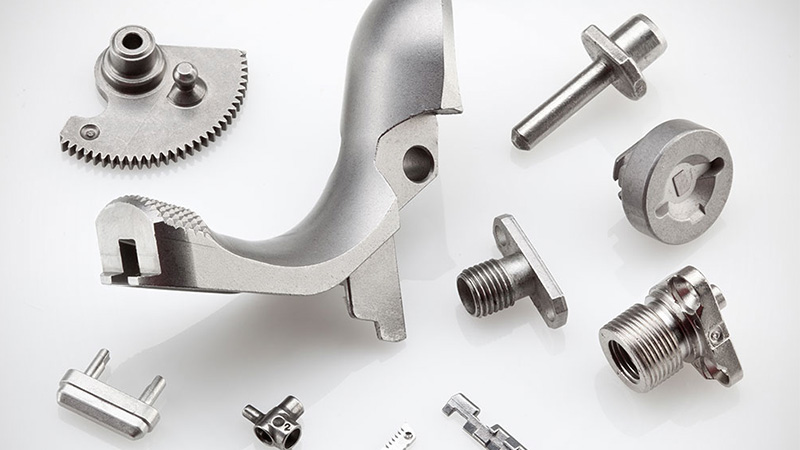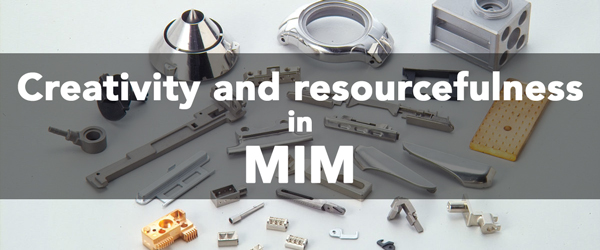

However, metal AM can cost more per part compared to MIM and is not suited for high-volume production. Metal AM is often used to produce complex lattice and porous structures-applications include aerospace parts (strong yet much lighter in weight-for example, turbine blades) and medical implants (open porosity into which bone can grow). Photo: istockphotoAn advantage of metal AM compared to MIM is that it does not require a mold, which provides engineers with more creative design possibilities. Titanium is the metal of choice for most AM applications, although new metal alloys are continuously coming into the AM market, including precious metals like gold and platinum.Ī model with supports created in a laser sintering machine stays in the working chamber. The most popular metal AM processes are powder bed fusion technologies, which weld thin layers of metal powder together using a high energy source, such as a laser or electron beam. Manufacturers often use metal AM to create complex, customized components that require specific mechanical characteristics or have intricate design features, for one-off or low-volume production-for example, patient-specific implants. Overall, MIM is a cost-effective process, especially when producing complex or unusually shaped parts at high volumes (which helps offset the expense of making the mold). MIM can create dense, lightweight parts, or a single part that replaces multiple parts, to make a product that is lighter in weight (for example, automotive parts that will help meet tighter MPG or emission regulations in vehicles). MIM is used frequently in the medical device, aerospace, automotive, and electronics fields.
#Metal injection how to#
You May Also Like: How to Ride the Wave of Additive Manufacturing News Most finishes on MIM parts are inferior compared to standard CNC machining and require secondary processes for smoother finishes and tight tolerances.

The process can also be easily automated for high-volume production and even higher quality. Alloys can be customized for highly specific functions-for example, nickel and cobalt concentrations in carbon steel formulas can be modified for high-temperature automotive applications.īecause making a part with MIM requires only a single mold, the process is highly repeatable and produces parts consistent in size, shape, and strength. Photo: Prototype HubsA wide variety of metals can be processed with MIM, including stainless steel, steel alloys, iron-nickel alloys, cobalt alloys, tungsten alloys, and ceramics. Metal 3D printing is useful for creating prototypes, one-offs, and production parts that are too geometrically complex for traditional manufacturing methods.

MIM is often selected for small, complex parts with unique geometries that cannot be efficiently manufactured using other manufacturing methods-for example, medical devices and components. A fine metal powder is mixed with a binder and injected into a mold-when the part is finished the binder is removed, leaving a metal part or structure that is then sintered into its final form. Metal injection molding (MIM) combines plastic injection molding with metal powder fusion. Depending on the project, they can also complement each other to achieve the highest tolerances and production speed, with the least amount of secondary processing steps. Both processes are an alternative to traditional machining and provide engineers with a wider range of options for designing complex, high-quality metal components.įor projects that involve metals, engineers should consider MIM and metal AM as an alternative to standard CNC machining, especially for creating smaller and more complex parts. Based on the design, complexity, material, and production volume required for the part, each process has unique attributes that can make them the best choice for a project. Metal injection molding (MIM) and metal additive manufacturing (metal AM) are two manufacturing techniques for making metal products and components.


 0 kommentar(er)
0 kommentar(er)
